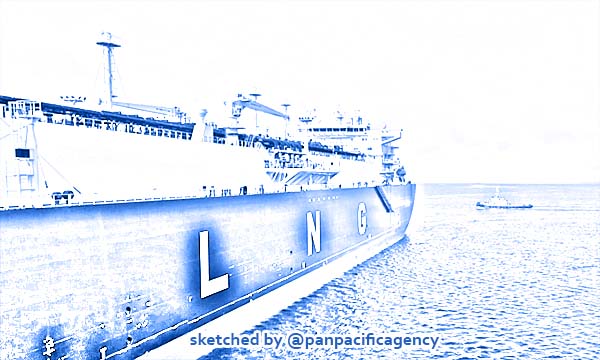Myanmar imports first LNG from Malaysia as feedstock to power generation

Under the country's gas industry development plan by 2025, with vision to 2035, Vietnam plans to have six LNG terminals. Photo by Shutterstock. Sketched by the Pan Pacific Agency.
YANGON, Jun 25, 2020, Kallanish Energy. Myanmar has become the newest country to start importing liquefied natural gas (LNG), as the fuel is adopted as the fastest solution to recent power shortage and increased power demand, Kallanish Energy reported.
The Asian nation received its first LNG cargo on June 6. The small-scale, 0.6 billion cubic feet (Bcf) LNG vessel arrived at the industrial port of Thilawa, southwestern Myanmar. The cargo was delivered to the country’s first LNG import facility located on the Yangon River.
The Malaysian gas, which was regasified onshore, was used as feedstock to power generation. LNG imported at Yangon will supply LNG-to-power projects such as the 400-megawatt (MW) Thaketa plant and the 350-MW Thanlying plant. In the future, it will also feed the Thilawa plant, planned to generate 1,250 MW of electricity from 2024.
According to the U.S. Energy Information Administration (EIA), Myanmar would require at least 160-200 million cubic feet per day (Mmcf/d) of gas to run the three plants at roughly 50% of their capacity.
This would be the equivalent to imports of 21-26 LNG cargoes per year, or 2 cargoes per month – assuming LNG carriers with a capacity of 2.8 Bcf –, the EIA estimated earlier this month.
Three other LNG-to-power projects are in the pipeline in the country and should increase LNG demand further. The planned importing terminal facilities integrated to power plants include the Rakhine LNG project slated to start operations by year-end; and the Mee Laung Gyaing and the Kanbauk FSRU – both expected to come online in 2024.